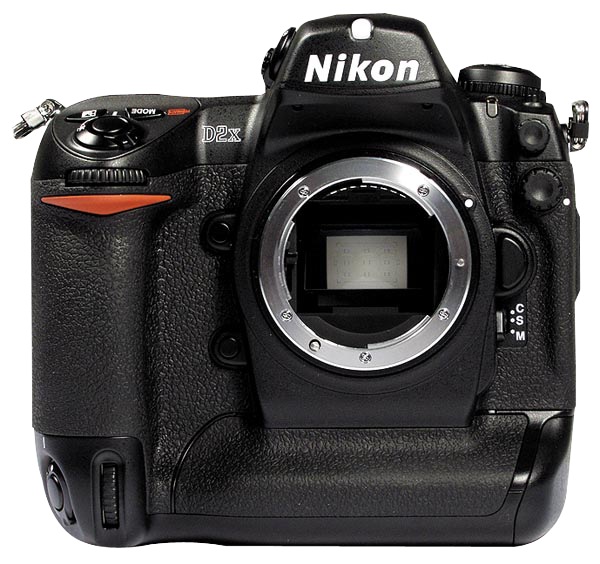And oldie but a goodie.

The law of diminishing returns affects all technological goods. The desktop PC has peaked, hampered by its slowest part, poor broadband speeds. All modern cars are good, with even Korean products certain to last 200,000 miles with a minimum of maintenance. The smartphone continues to add bells and whistles but the iPhone 1 pretty much defined the genre five years ago. And the latest offerings from camera makers continue to regale us with more pixels and faster operation, while largely missing the increasingly essential things found on any smartphone – GPS and wifi.
The smart buyer, be it of cars or cameras and maybe even computers, focuses on products a tech generation or two old. The cheapest car is a lightly used five year old one which you can buy at 60% off original list price and drive happily for another 15 years, the first owner having paid you for the depreciation. That car has all the functionality and sophistication of the latest model save maybe its fuel economy, and if you do the math there is no way on earth your hybrid will be cheaper over its life than my ‘dated’ gas guzzler.
With pro-DSLRs the financial math is even more extreme. Case in point. I just bought a near-mint 2005 vintage Nikon D2X body for $760. This body sold for a stunning $5,000 7 years ago. It has 22,000 shutter actuations against a life expectancy of some 250,000 or, as a friend remarked:
So it’s not like I am about to worry about wearing the shutter out in one of the most robust bodies ever made. As a back-up to my full frame D700, the 12mp APS-C sensor in the D2X offers like definition within the confines of a 1.5x cropped frame. That’s not useful for ultra wide lenses, where the 20mm suddenly sees like a 30mm optic, but it’s jolly nice for a 50mm f/1.4 which becomes a handy, small and very fast 75mm portrait lens. And I’m talking the old MF Nikkor from the days when men were men – and women were men.
Read the tech blogs and you will discover that the D2X does not remotely match the high ISO performance of the D700. Indeed, its sweetspot is in the ISO 100-400 range. That’s fine for my purposes. Read on and you will learn that seven year old Sony sensor – the first CMOS sensor used in a pro-grade Nikon – has a stellar reputation for color rendering in that ISO range. Now that gets my attention. And it just happens to have extraordinarly fast autofocus when that is needed.
A related dictate for my purchase was that I did not want to scale the steep learning curve which is part and parcel of the modern DSLR. The controls and operation of the the D2X are identical to those of the D700 in most respects, so setup will be a cloning process of the preferred settings I have learned to love on the D700.
So there’s lots to look forward to here, not least being the fact that many aver that this is the best constructed digital era body Nikon has yet made, and I have a penchant for things that are well made.
Part II is here.
D2X – I could not agree more! Buy a quality product used at a steep discount. Flagship Digital cameras seem to be like a Mercedes Benz, awesome things with terrible resale value. No matter – the Benz will keep you smiling for years and Nikon made it into Paul Simon’s song Kodachrome for a good reason. Well they took the Kodachrome away, but you can pretty much duplicate it in a D2X’s custom menus!
BTW – I got mine last week for $500 with 24,875 clicks!!
Twenty years ago I started shooting with a Nikon FM. After 10 film cameras, I moved to a D1x last year, and then to a D2x, which I picked up for $800 with less than 1,000 clicks. I do some microstock photograph, and shoot a lot. The D2x is just fantastic. I have wondered, when doing bird photography, if there is any advantage to using the crop mode. Has anyone found that helpful?
It’s a useless feature. Cropping in camera and cropping in Photoshop yield the same IQ, but with the latter you at least have the option whether to crop or not. Crop in camera and all the extra information is lost forever. – Ed.
Thanks so much for your reply. I haven’t found many people that I can talk about the D2x with. I’ve been sharpening the photos in Photoshop with Nik Sharpener Pro, and using Topaz DeNoise to deal with the noise. I’m no expert with either Photoshop or Lightroom, but this seems to work okay.